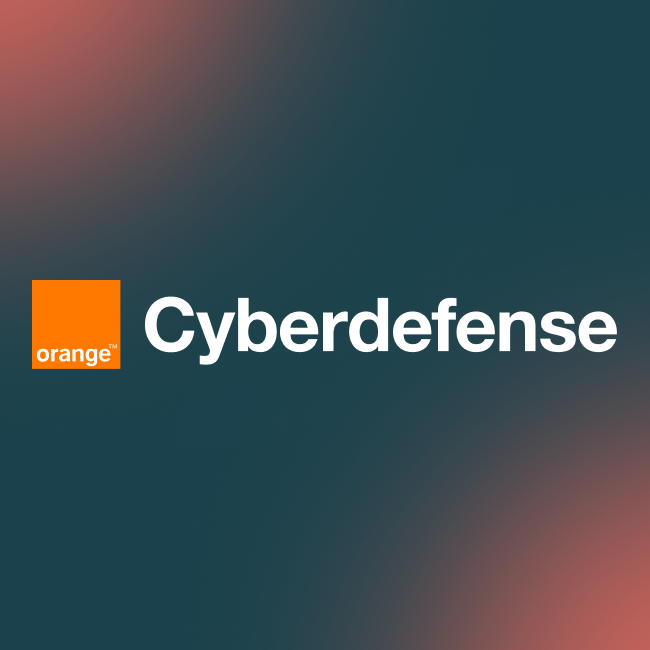"Who's talking about cyber?" Securing coverage with the BBC and Infosecurity
With the digital boom, organisations have become increasingly intertwined with technology, and the amount of data we share online has hit new heights, creating a virtual playground for cybercriminals. Consequently, cyber security is dominating the business and tech headlines and cyber organisations and their spokespeople are in high demand for commentary. However, with millions of articles being published each year and an abundance of cyber experts available for commentary, tech journalists are spoilt for choice when looking for the most relevant and standout voices in the cyber security landscape.
Introducing our latest series: "Who's talking about cyber security?"
This series is centred around our recently released cyber security report, which identifies the top cyber security and national publications in each region that are consistently covering topics such as "ransomware", "phishing", "DDoS attacks" and many more. For the series itself, Ed Cooper, Associate Director at Babel, sat down with two of the UK's key cyber and tech journalists: James Coker from Infosecurity Magazine and Jane Wakefield from the BBC and UKTN. Both journalists shared their experiences covering cybersecurity and provided insights on how cybersecurity organisations can effectively engage with top-tier trade and national publications.
James Coker, the Deputy Editor of Infosecurity Magazine, leads the editorial staff and freelancers in determining which stories to cover. Infosecurity Magazine focuses on educating cybersecurity professionals and aims to provide timely and actionable insights on the latest threats and mitigation strategies. Jane Wakefield is a senior freelance tech journalist at the BBC who covers all things tech, and more recently, artificial intelligence. Both journalists offered valuable insights into their editing process and discussed the types of cybersecurity content that perform best in their respective publications. Here are our key takeaways:
- Focus news ideas and commentary on topics that currently pique readers' interest - Yes, AI is currently a hot topic across all publications and ransomware remains highly relevant due to real-world disruptions. But we can all agree that it has been covered extensively. To stand out, focus on the human factors in cybersecurity, such as skills, stress, and burnout.
- Pitch fresh angles or perspectives for broad topics - Simply rehashing the same news is insufficient. Including customer case studies is also highly beneficial as it brings stories to life by providing specific examples of how cyber incidents have impacted real organisations.
- Timing of outreach is crucial - Being the first to comment can sometimes lead to speculation. It is better to initially reach out off the record to provide valuable insider insights, and then follow up once the facts are clearer with more considered quotes.
- Build personal relationships with trusted journalists - Journalists are human and want to work with people they know, like, and trust - and don't want a sales pitch. Offering insight without any strings attached and positioning spokespeople as a meaningful expert resource, rather than a sales representative, increases the likelihood of being included in features.The bottom line is that journalists aren't short of cybersecurity news. It is being covered daily. Timing, transparency, trust and a sharp focus on value over promotion are the best ways to stand out from a competitive crowd and increase the chance of coverage.
Want to find out how Babel can help your business build meaningful relationships with key trade and national journalists? Book a meeting with us today!


.jpg)

.jpg)






